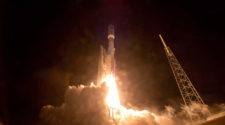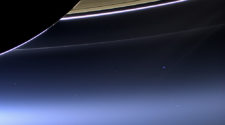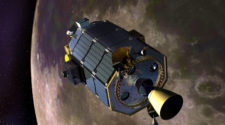![The afternoon Engineering/Physics Class of Governor’s School for Science and Technology has been working on creating a hardware that would function as a local oxygen source in micro gravity using electrolysis. Pictured are, Second Row [from left]: Bobby Smyth, Danny McNamara, Richard Kazmer, Scot Mackenzie, Ben Cratsley, Sam Kim, Brady Reisch. First Row [from left]: Justin Cloutier, Katie Jordan, William Archer, Stephen Haggard, Sarah Selim, Manisha Iruvanti, Bethany Wissmann](http://www.rocketstem.org/wp-content/uploads/2013/10/CIMG2928.jpg)
Ben Cratsley, Sam Kim, Brady Reisch. First Row [from left]: Justin Cloutier, Katie Jordan, William Archer, Stephen Haggard, Sarah Selim, Manisha Iruvanti, Bethany Wissmann. Credit: NASA HUNCH/Hampton ISD
GSST was one of 14 schools across the country picked for the opportunity by the High school students United with NASA to Create Hardware (HUNCH) Extreme Science Program, based at NASA’s Johnson Space Center in Houston. The first step in the process is to determine what sort of experiment might meet the needs of the ISS.
After they come up with the concept local students will design, fabricate and document their idea. Then comes the real exciting part – to help make sure their experiment works in space’s weightless environment, three of the students and a teacher will fly with their project onboard the Zero Gravity Corporation’s G-Force One plane. That is scheduled to happen in April of next year at Ellington Field in Houston.
The local HUNCH program, which is run by the Engineering Directorate at NASA’s Langley Research Center also in Hampton, has partnered with more than a half dozen local schools to fabricate real-world products for NASA and put students’ science, technology, engineering and mathematics (STEM) skills to good use.
The Governor’s School for Science and Technology serves the approximately 490,000 residents of the Virginia peninsula, from the Chesapeake Bay to Williamsburg.
For more information about the NASA HUNCH program, visit: www.nasahunch.com/.



